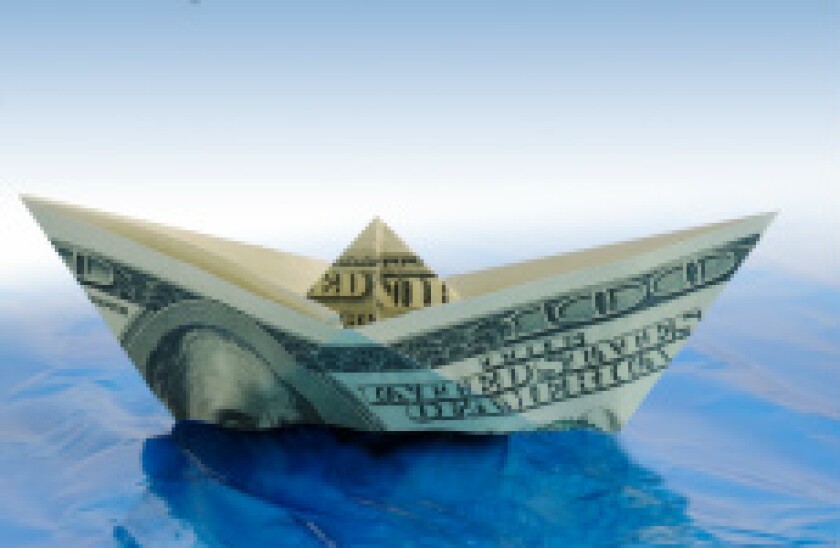Structured notes with multi-callable options provide an opportunity for investors to make plays on the risk posed by US rate hikes. A welcome chance, one would have thought, to supplement yields.
The structured note industry has never really recovered from the 2008 collapse of Lehman Brothers, and investors with long memories are reluctant to return to the market after getting their fingers burned.
However, the prevailing low yield environment may be forcing investors to reconsider. The International Finance Corporation has reported an upswing in enquiries for linear zero callable notes, a structure in which, in contrast with the more common compounding notes, the internal rate of return reduces each year. The extra demand is due, at least in part, to investors attempting to capitalise on the increasing rate environment.
The nearness of the UK’s EU membership referendum on 23 June means that many investors are too wary to deploy funds. Capped and floored floaters are a traditional method of capturing the risk of approaching rate rises but, thanks to June’s political risks, have not been so much in evidence ahead of Wednesday’s Federal Open Market Committee (FOMC) decision. But as fears that the UK will leave the EU (Brexit) help push yields to ever more distressing depths, the interest in structured products as a means of boosting yield is unlikely to wane.
The structured market is not an easy sell. Products with structures more exotic than capped and floored floaters are often deemed unattractive due to the difficulty of valuing the asset.
Many investors would rather look for longer maturities or move down the credit spectrum than dip their toes into structured waters. But long term debt and uncertain credits carry the same risks they always have. They are just more and more expensive.
Few borrowers outside of the Washington supranationals have the flexibility to print structured paper to order, but investors are beginning to look at these ideas more seriously. As the market adjusts to the first period of rising Fed rates since 2006, issuers should be ready to break out some more exotic tools to make the most of it.

